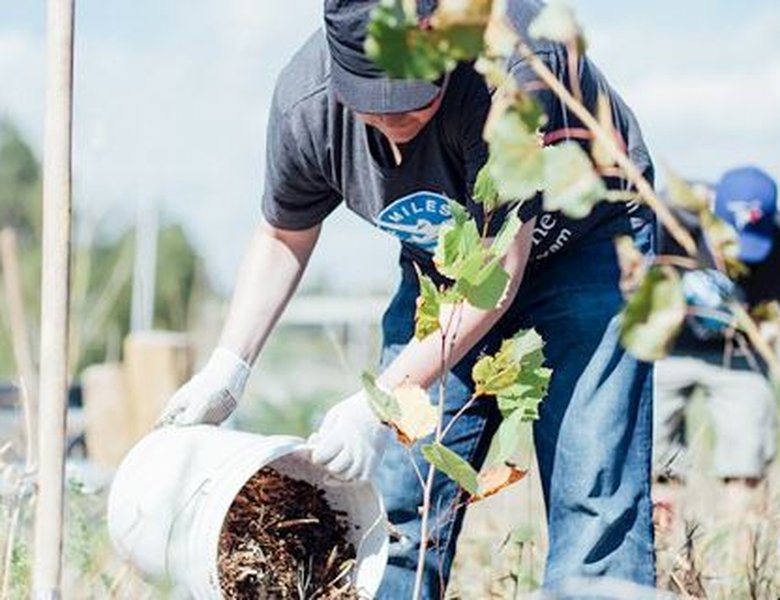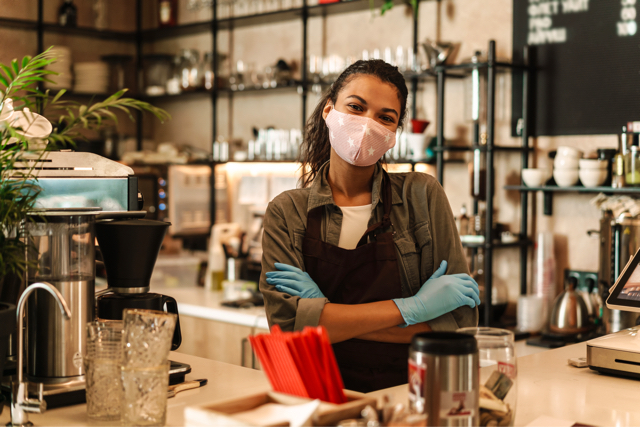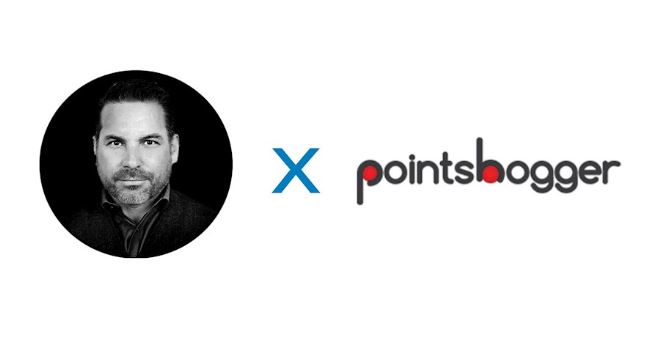How Quick Service Restaurants Can Create Customer Intimacy in a Digital World
December 07, 2018

Mobile applications have revolutionized the way consumer-facing brands interact with their customers, and nowhere is this transformation more evident than in the fast food industry. More and more fast food customers are turning to mobile technologies to satisfy their hunger pangs — with 40 percent now preferring to order food online.1
In Canada, user penetration of food-delivery apps, like Uber Eats and SkiptheDishes, is growing rapidly and expected to hit almost 20 percent by 2023, up from about 10 percent in 20182; however, the use of technology within the food industry isn’t limited to delivery options. Customers are increasingly using apps to preorder and to avoid lines, and they’re using electronic order systems in-store that allow them to browse menus at their own pace and avoid hard upsell tactics from clerks.
Through digital technology, QSR brands can build a value proposition that delivers a consistent, frictionless experience, which can be attractive to customers. But the reduced interaction between a brand’s staff and its customers can be a cause for concern. Without the face time, how does a brand establish and nurture authentic customer relationships? The truth is, if leveraged correctly, the rise of digital interactions can actually enhance relationships between brands and their customers.
Today’s digital interactions are opening up a whole new world for QSRs, giving them access to a new source of customer data that can be leveraged to inform and optimize decisions about marketing content, promotional offers, menu items and even locations for new restaurants. Furthermore, when used in combination with a rewards program, restaurants have a powerful tool that can help develop lasting bonds with patrons. As competition intensifies, an increasing number of brands are introducing loyalty programs to further differentiate themselves, but many are struggling with how best to marry this asset with newfound customer data.
Here are four methods that can help QSRs leverage data to create more meaningful relationships.
Get to know your customers on a personal level.
Digital rewards programs provide a wealth of data. From demographics such as gender, age, income, education, occupation and marital status to transaction behaviours such as visit frequency, choice of daypart, and order size, this data helps create a well-rounded view of your customers and can reveal important insights to leverage in your marketing tactics. You may not be able to access all that data from the get-go, but over time you can build on what you know, see patterns and reward your customers accordingly.
For example, if a mother of three teenagers has a rewards app and lives in the suburbs but consistently stops at the downtown location of a QSR on weekdays for an afternoon coffee and donut, it is likely safe to assume that she works nearby and drops in for a daily pick-me-up. Sending her a reminder to try the new breakfast option available on Saturday mornings isn’t likely to resonate, but an instant notification about a new lunch sandwich on the grab-and-go weekday menu just might. This creates an opportunity for QSRs to not only learn and understand the habits of loyal customers, but also to target them with hyper-relevant messaging and offers that will resonate with them.
Deliver a personalized experience.
While knowing your customer is imperative to establishing a relationship, the knowledge itself is useless if it’s not acted on. Customers have come to expect differentiated experiences. They understand the value of the data they provide and expect value in return. By leveraging the data gained from new digital interactions, you can address your customers personally and serve them content (in their channels of choice) that is relevant and appealing to them. This could mean greeting them by name in your digital communications, keeping their last order on file for easy reordering, or serving them options that are similar to their last order. If you’re able to see that a segment of loyal customers hasn’t visited their frequented locations in a while, you could send them a personalized notification with an offer: “Hi Brian, we noticed you haven’t been by in a while. Next time you order a coffee, you’ll receive a cookie on us.”
Reward purchase behaviours.
Now that you know your customers a bit better through collected data, you can reward them for performing behaviours you deem important for increasing sales. If someone consistently orders a salad with sparkling water, why not offer them some healthy snack options? Using a rewards program can act as a motivator to increase visit frequency and, if you adjust your content and offers over time to reflect the knowledge you gain from each interaction, it’s a win-win situation for both you and your customers.
Recognize patronage and loyalty.
Customers are inundated with marketing messages and offers from competing brands. Recognizing and showing appreciation for their business can go a long way in retaining a customer. Sending a token or reward for major milestones, like a 10th purchase in a month or on their birthday, is a great way to establish an emotional connection that is positive, meaningful and will keep them coming back.
There’s a major opportunity for QSRs to leverage customer data alongside a rewards currency to build new and lasting connections. Taking advantage requires the right strategy and partners, but finding the appropriate mix of tactics will lead to a rewarding experience for customers and a better value for brands.
To find out more about how to take advantage of customer data to better connect with your patrons, contact Anick Levesque, Associate Vice President of Business Development, AIR MILES Reward Program, at Anick.Levesque@Loyalty.com.
- AIR MILES
- Loyalty
- Food & Beverage
- QSR
- Restaurant
Related insights

Blog
LoyaltyOne Recognized as one of Canada's Greenest Employers 2021
We are proud to be selected as one of Canada's Greenest Employers 2021 by MediaCorp Canada.

Blog
The Retail Imperative: Building Strong Customer Relationships
Never has it been more important to know your customers and nurture those relationships through a customer-centric approach to retail.

Blog
Pointshogger interviews Todd Gulbransen, new SVP at AIR MILES
AIR MILES welcomes Todd Gulbransen as new SVP of Client Services and Strategic Partnerships. Learn more about him and his plans.
